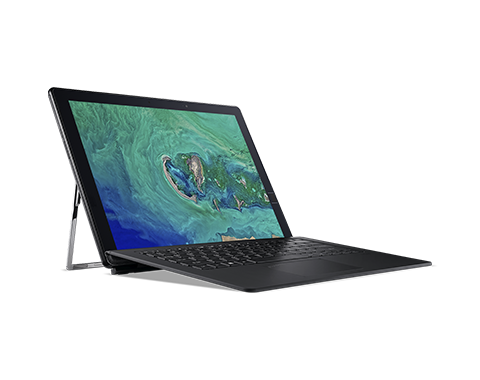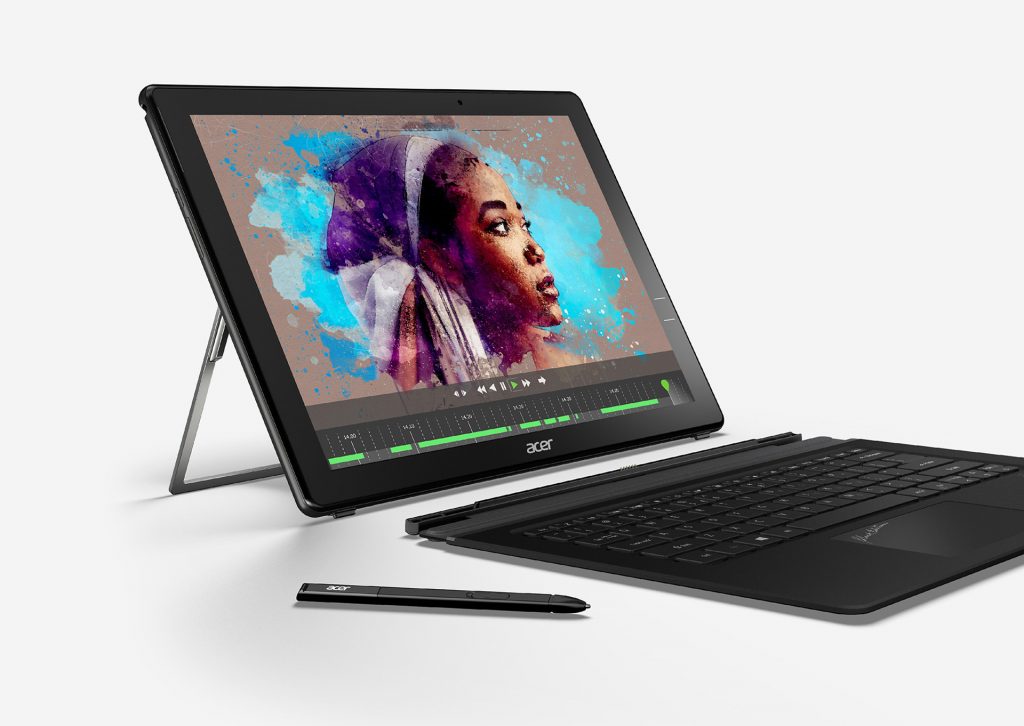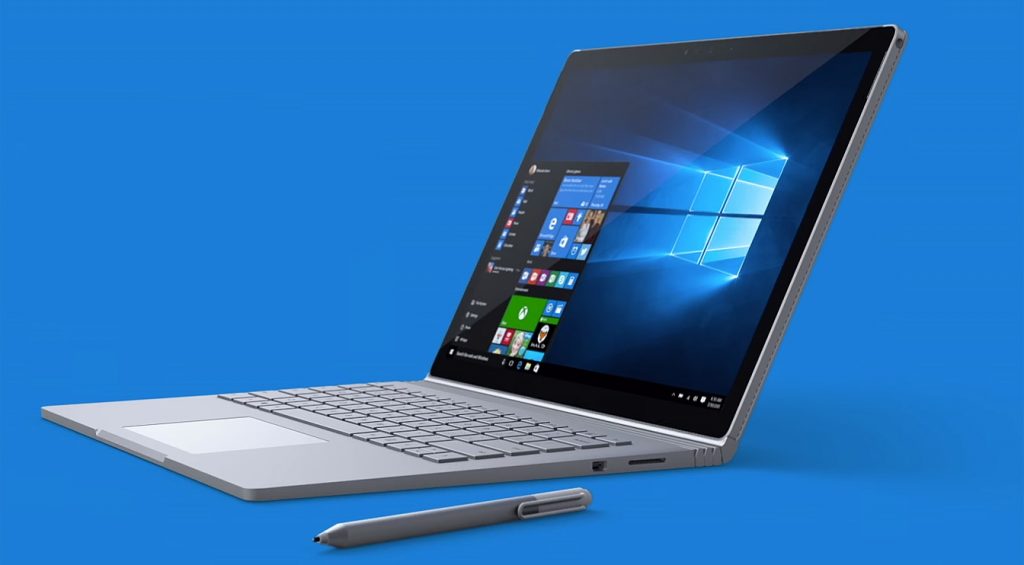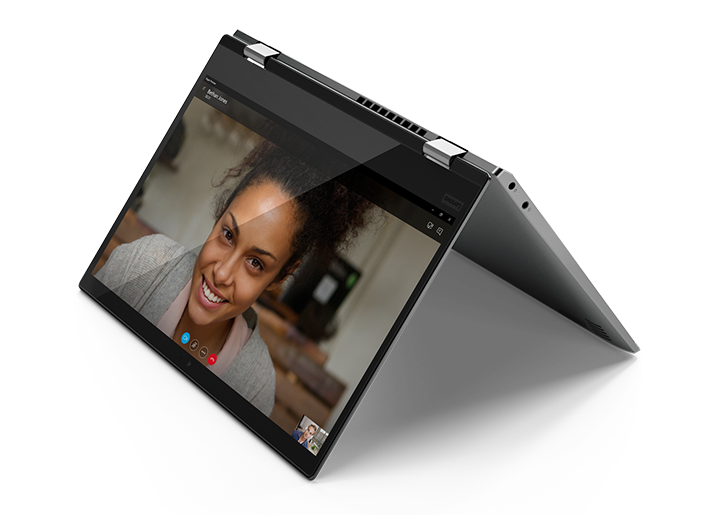 By Gadjo Cardenas Sevilla
By Gadjo Cardenas Sevilla
Convertibles and 2-in-1 devices are either based on the notebook or tablet form factor, but have the flexibility to switch modes as well as take multi-touch and or pen input should the need arise.
Ideal for consumers, students and professional users, 2-in-1 convertibles can be the ideal computing solution for users seeking the reliability of a notebook with the novelty of a tablet.
Tablet-based 2-in-1’s
Tablet based 2-in-1’s are essentially standalone tablet PC’s with the ability to connect to external keyboard accessories should they need to offer users a typing and mousing experience.
The best examples of this sort of device include Apple’s iPad Pro and Microsoft’s Surface Pro devices.
These are tablets that include all the components, including the display, processor and storage in a slim tablet form-factor and need external keyboards, mice and dongles to expand functionality.
Microsoft’s Surface Pro has been the template for a successful 2-in-1 since it runs a full Windows operating system and can run thousands of PC apps that various consumers and businesses are familiar with. It can be used docked to a larger monitor, a full-sized QWERTY keyboard and a mouse as well.
HP’s Spectre Folio is quite similar to the Surface Pro except it integrates premium grain leather as the case and keyboard component giving the 2-in-1 a luxurious and innovative look and feel while maintaining the familiar laptop shape.
Acer’s Switch 7 is another tablet-first device which gives users a slim tablet which magnetically collects to a keyboard, takes pen input and offers multi-touch functionality.
Laptop based 2-in-1’s
 For laptop traditionalists or any user who prefers a sturdy and solid keyboard for typing but doesn’t mind the flexibility of a touchscreen, laptop based 2-in-1’s can be a versatile solution.
For laptop traditionalists or any user who prefers a sturdy and solid keyboard for typing but doesn’t mind the flexibility of a touchscreen, laptop based 2-in-1’s can be a versatile solution.
Lenovo’s Yoga brings a lot of the company’s laptop technology developed for its business-focused ThinkPad line into a slim, yet solid, convertible form factor.
Yoga laptops have full-featured keyboard but these fold all the way backwards and it becomes a rather large and heavy tablet. While this can be convenient for showing and signing digital documents and it can be tented for presentations or for watching videos.
While not as portable or thin as a tablet-based 2-in-1, laptop-first convertibles are more durable and better options for users who will be doing a lot of typing.

The advantage of this form factor is that you can also have larger screen sizes because focusing on the advantages of the notebook experience is key.
Microsoft’s Surface Book exemplifies the high end for this type of convertible. Out of the box, the Surface Book is a solid laptop with a 13 or 15-inch display and a full-QWERTY keyboard.
This keyboard can be detatched and re-connected in various ways to enable a tablet mode or support the display for a presentation mode. Microsoft has added more battery power as well as a more powerful graphics card to the keyboard component, which rounds out desktop-class functionality. 
Which form-factor is best depends on each user’s specific needs. Typists will value keyboard feel and stability over portability while users who prefer greater portability and slimmer laptops will opt for the tablet-based 2-in-1 device for computing on the go.
The best way to choose your next 2-in-1 is to check out as many models as possible and see if their features fit your current and future needs.



